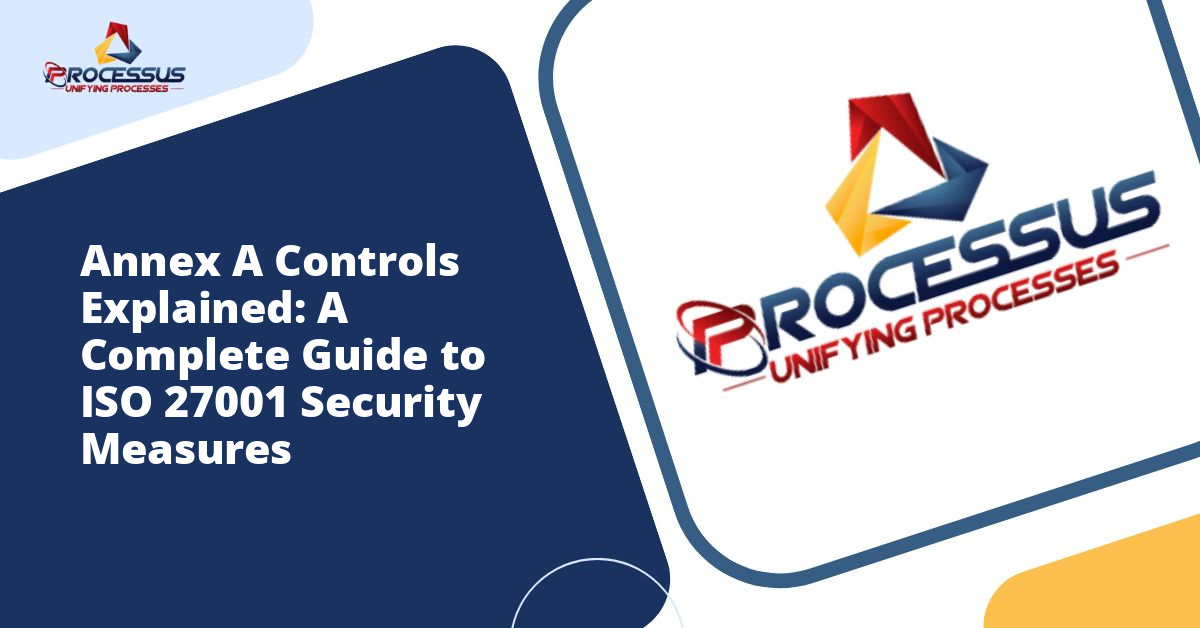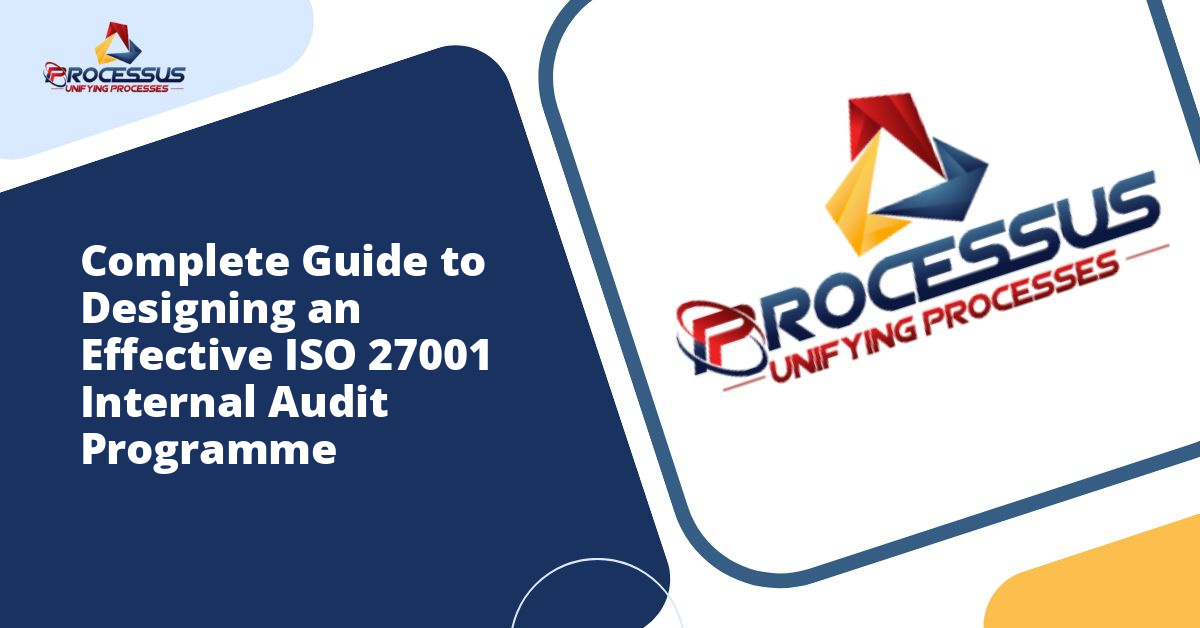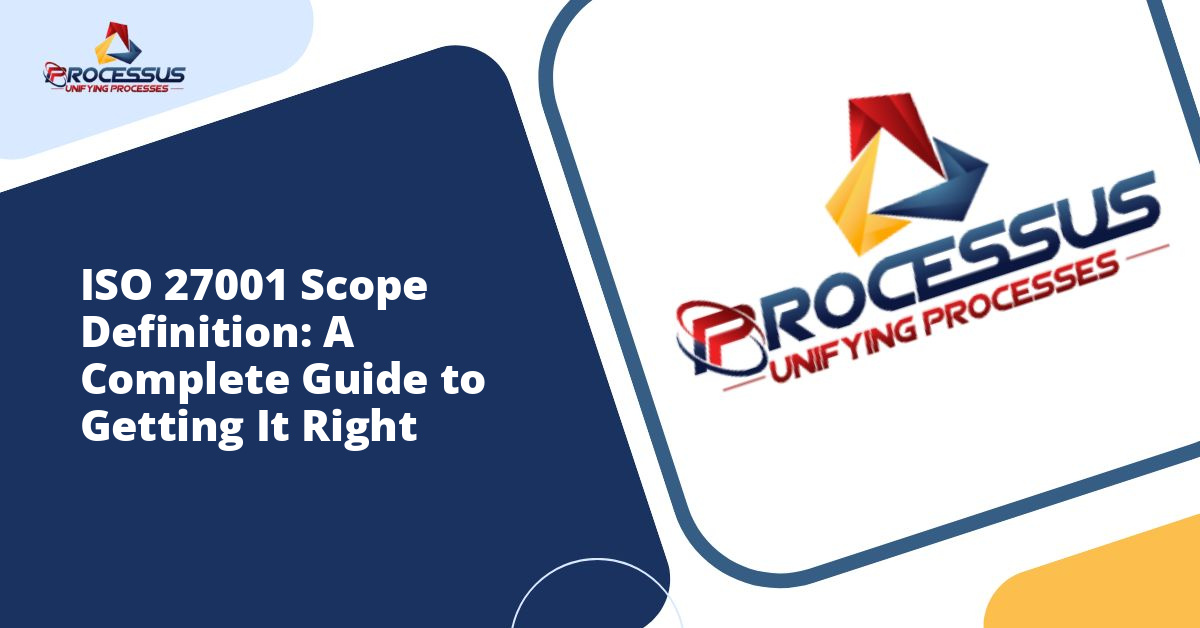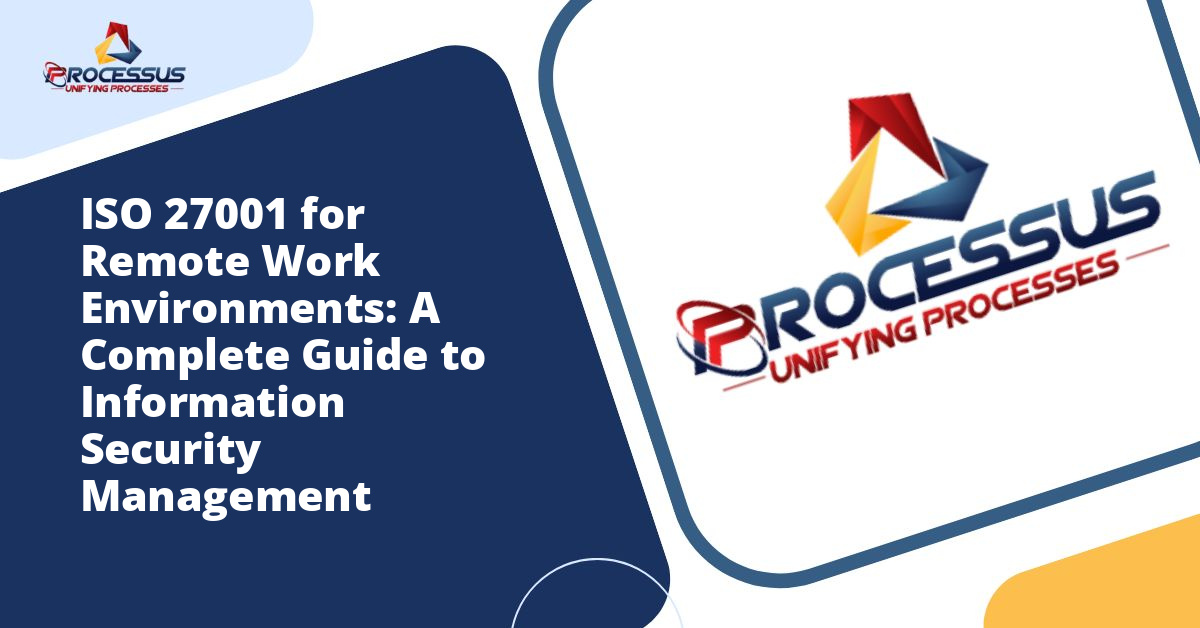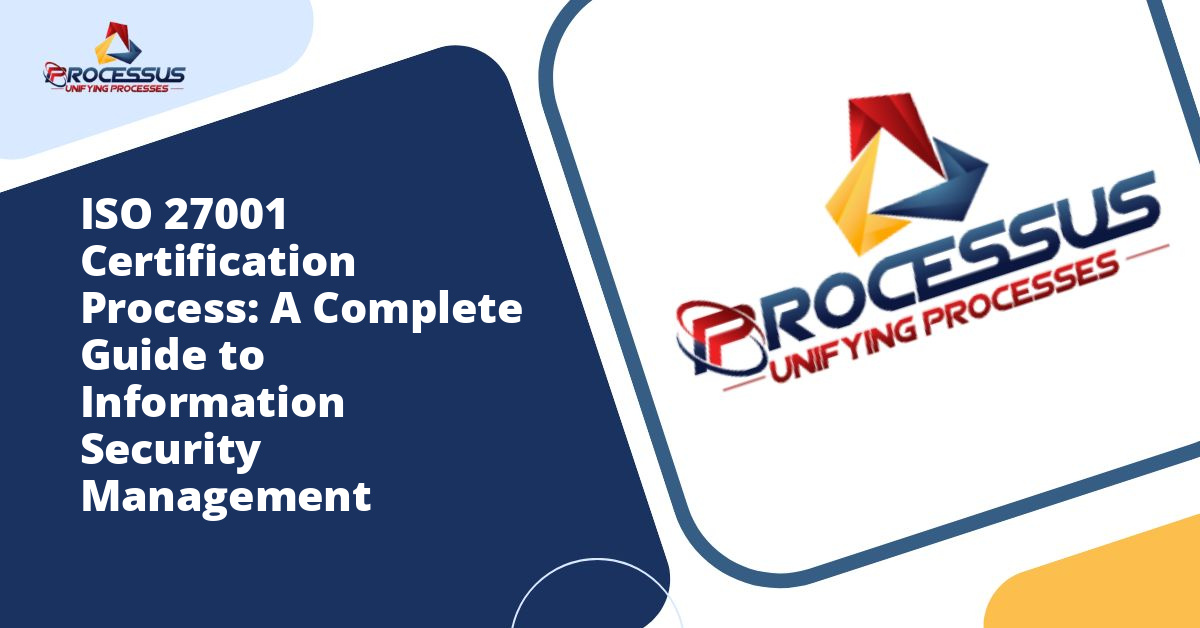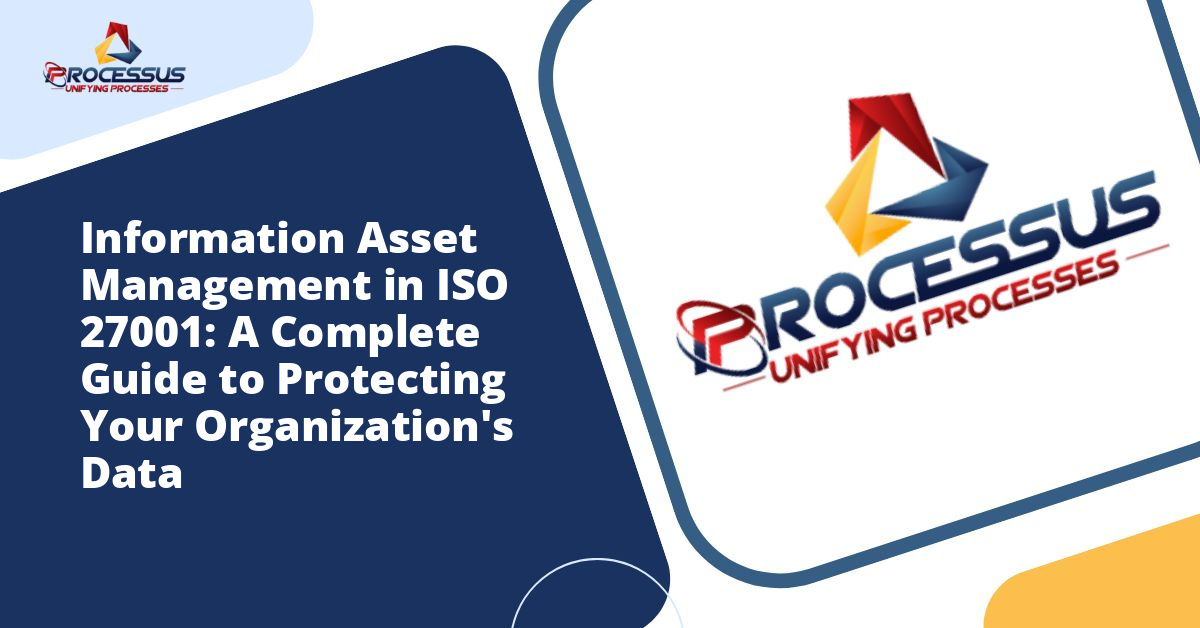In today’s digital landscape, protecting sensitive information has become a critical priority for organizations of all sizes. ISO 27001, the internationally recognized standard for information security management systems, provides a comprehensive framework for securing data and managing risks. At the heart of this standard lies Annex A, a detailed catalog of security controls that organizations can implement to protect their information assets.
Understanding Annex A controls is essential for any business looking to achieve ISO 27001 certification or simply improve their security posture. This guide will walk you through everything you need to know about these controls, their purpose, and how they work together to create a robust security environment. You might also enjoy reading about ISO 27001:2022 Transition Guide: What Certified Organisations Need to Know.
What is ISO 27001 Annex A?
Annex A is an integral component of the ISO 27001 standard that contains a comprehensive list of information security controls. These controls serve as a reference catalog of security measures that organizations can select and implement based on their specific risk assessment outcomes. Rather than being mandatory requirements that every organization must follow, Annex A provides a menu of options from which companies can choose the most appropriate controls for their unique circumstances. You might also enjoy reading about ISO 27001 Information Security Management System.
The latest version of ISO 27001, published in 2022, features a restructured Annex A with 93 controls organized into four main themes. This represents a consolidation from the previous 114 controls, making the framework more streamlined and easier to navigate while maintaining comprehensive coverage of information security concerns. You might also enjoy reading about What is ISO 27001: Your Complete Guide to Information Security Standards.
The Four Categories of Annex A Controls
The 2022 update to ISO 27001 reorganized the controls into four distinct categories, each addressing different aspects of information security management. This new structure reflects a more modern approach to security that aligns with contemporary business practices and emerging threats.
Organizational Controls
Organizational controls form the foundation of an effective information security management system. These 37 controls focus on the policies, procedures, and strategic decisions that govern how an organization approaches security. They address governance structures, risk management processes, and the overall framework within which security operations occur.
Key areas covered under organizational controls include information security policies, asset management, supplier relationships, and business continuity planning. These controls ensure that security is embedded into the organizational culture and that everyone understands their role in maintaining a secure environment.
Organizations must establish clear documentation that outlines responsibilities, defines acceptable use of information assets, and creates processes for managing security throughout the information lifecycle. This includes everything from how information is classified and labeled to how it should be handled during different stages of its existence within the organization.
People Controls
The human element remains one of the most critical factors in information security. People controls, consisting of 8 specific measures, address the security aspects related to employees, contractors, and other individuals who have access to organizational information.
These controls recognize that people can be both the strongest defense and the weakest link in security. They cover areas such as screening procedures before employment, terms and conditions of employment that include security responsibilities, information security awareness training, and disciplinary processes for security breaches.
Training and awareness programs play a particularly important role in people controls. Employees need regular updates on security threats, best practices, and their specific obligations under the information security management system. This ongoing education helps create a security-conscious culture where everyone actively contributes to protecting organizational assets.
Physical Controls
Physical controls address the tangible aspects of security, protecting the physical environments where information is processed, stored, and transmitted. This category includes 14 controls that deal with securing facilities, equipment, and other physical assets.
These measures cover perimeter security, entry controls, protection against physical and environmental threats, and secure disposal of equipment and media. Physical controls also address the security of off-site locations and the protection of assets outside organizational premises.
In an era where digital security often dominates discussions, physical controls remain critically important. Unauthorized physical access to servers, workstations, or storage media can completely bypass even the most sophisticated digital security measures. Therefore, organizations must maintain robust physical security alongside their technical defenses.
Technological Controls
Technological controls represent the largest category with 34 controls dedicated to the technical security measures that protect information systems and networks. These controls address the digital aspects of security, including access management, cryptography, network security, and system hardening.
This category covers essential technical safeguards such as user access management, secure authentication, encryption of sensitive data, logging and monitoring of system activities, and protection against malware. It also addresses secure development practices, vulnerability management, and incident response capabilities.
As technology evolves, these controls become increasingly sophisticated. They must address emerging challenges such as cloud security, mobile device management, and the security implications of new technologies while maintaining protection against traditional threats.
Key Changes in the 2022 Update
The revision of ISO 27001 in 2022 brought significant changes to Annex A, reflecting the evolving nature of information security threats and business practices. Understanding these changes helps organizations appreciate the modern approach to information security management.
The consolidation from 114 to 93 controls does not represent a reduction in security requirements but rather a more efficient organization of related controls. Many controls were merged where they addressed similar security objectives, eliminating redundancy and making implementation more straightforward.
Several new controls were introduced to address contemporary security challenges. These include threat intelligence, which recognizes the importance of staying informed about emerging threats; cloud services security, acknowledging the widespread adoption of cloud computing; and configuration management, emphasizing the need for controlled and documented system configurations.
The new structure also places greater emphasis on certain areas that have become increasingly important. Business continuity planning, supplier security, and secure development practices receive enhanced attention, reflecting their critical role in modern security strategies.
Implementing Annex A Controls
Implementing Annex A controls requires a methodical approach that begins with understanding your organization’s specific security needs and risks. The process is not about implementing all 93 controls but rather selecting and applying those that address your identified risks most effectively.
Risk Assessment as the Foundation
Every implementation of Annex A controls must start with a thorough risk assessment. This process involves identifying your information assets, determining the threats and vulnerabilities that could affect them, and assessing the potential impact of security incidents. The results of this assessment directly inform which controls you need to implement.
Your risk assessment should consider various factors including the nature of your business, the sensitivity of the information you handle, regulatory requirements in your industry, and the threat landscape you face. Different organizations will reach different conclusions about which risks require mitigation and therefore which controls need implementation.
Creating a Statement of Applicability
The Statement of Applicability is a crucial document that records your decisions about which Annex A controls apply to your organization. For each of the 93 controls, you must document whether it is applicable, provide justification for this decision, and if applicable, describe how you have implemented it.
This document serves multiple purposes. It demonstrates to auditors that you have considered all controls systematically, provides a clear record of your security posture, and offers a reference point for future reviews and updates to your security program.
Prioritization and Phased Implementation
Most organizations cannot implement all necessary controls simultaneously. Prioritization becomes essential, focusing first on controls that address the highest risks or provide the greatest security benefit. A phased approach allows you to build your security program systematically while maintaining momentum and demonstrating progress.
Consider quick wins that provide immediate security improvements alongside longer-term initiatives that require more substantial resources or organizational change. This balanced approach helps maintain stakeholder support while building toward comprehensive security coverage.
Common Challenges and Solutions
Organizations implementing Annex A controls often encounter similar challenges. Understanding these common obstacles and their solutions can help you navigate the implementation process more effectively.
Resource Constraints
Limited budget and personnel represent the most frequently cited obstacles to implementing security controls. However, many controls require more organizational commitment than financial investment. Focusing on policy development, process improvements, and awareness training can deliver significant security improvements without substantial costs.
Where technical controls do require investment, prioritize based on risk and look for solutions that address multiple control requirements simultaneously. Many modern security platforms provide capabilities that satisfy numerous Annex A controls within a single implementation.
Complexity and Understanding
The technical language and comprehensive nature of Annex A can seem overwhelming, particularly for smaller organizations or those new to formal information security management. Breaking down the implementation into manageable components and seeking guidance from experienced professionals or consultants can make the process more approachable.
Investing time in training key personnel on ISO 27001 concepts pays dividends throughout the implementation process. When internal team members understand the standard and its requirements, they can make better decisions about control implementation and maintain the system more effectively over time.
Maintaining Relevance
Security controls must evolve with changing threats, technologies, and business practices. Organizations sometimes struggle to keep their implementations current and effective. Regular reviews of your risk assessment and control effectiveness ensure that your security measures remain appropriate for your current situation.
Building review cycles into your information security management system helps maintain relevance. Annual reviews of your Statement of Applicability, regular testing of control effectiveness, and ongoing monitoring of security metrics all contribute to keeping your security program aligned with your needs.
Benefits of Implementing Annex A Controls
While implementing Annex A controls requires effort and resources, the benefits extend far beyond achieving certification. Organizations that thoughtfully implement these controls experience numerous advantages that impact their overall business operations and competitive position.
Enhanced Security Posture
The most obvious benefit is improved information security. By systematically addressing security risks through proven controls, organizations reduce their vulnerability to data breaches, cyber attacks, and other security incidents. This protection extends to all forms of information, whether digital or physical, and covers the entire information lifecycle.
Regulatory Compliance
Many industries face regulatory requirements regarding information security and data protection. Implementing Annex A controls helps organizations meet these obligations more effectively. The comprehensive nature of the framework means that organizations often find they satisfy multiple regulatory requirements through their ISO 27001 implementation.
Competitive Advantage
ISO 27001 certification demonstrates to customers, partners, and stakeholders that your organization takes information security seriously. This certification can be a differentiator in competitive situations, particularly when dealing with security-conscious customers or entering markets where certification is expected or required.
Operational Efficiency
Well-implemented security controls often improve operational efficiency by establishing clear processes, reducing security incidents that disrupt operations, and creating more predictable and controlled environments. The discipline of managing information security systematically tends to benefit overall organizational management.
Future Considerations
The information security landscape continues to evolve rapidly, and Annex A controls must adapt to remain effective. Several trends are shaping the future of information security management and will likely influence future updates to the standard.
Artificial intelligence and machine learning are transforming both security threats and defenses. Organizations need to consider how these technologies affect their risk assessments and which controls need adaptation or enhancement to address AI-related risks.
The increasing adoption of remote work and distributed operations changes the traditional security perimeter. Controls must address security in more diverse and less controlled environments, requiring flexible approaches that maintain security without impeding productivity.
Privacy concerns continue to grow, with regulations like GDPR setting strict requirements for personal data protection. The intersection of security and privacy means that Annex A implementations must consider both aspects, ensuring that controls protect information while respecting individual privacy rights.
Conclusion
Annex A controls provide a comprehensive and proven framework for protecting organizational information assets. While the 93 controls may initially seem daunting, they represent decades of collective experience in information security management, distilled into practical measures that organizations can adapt to their specific needs.
Success with Annex A controls comes not from blindly implementing every measure but from thoughtfully selecting and applying controls based on careful risk assessment. Organizations that approach implementation systematically, with appropriate prioritization and commitment to ongoing improvement, build robust security programs that protect their information assets while supporting business objectives.
Whether pursuing formal ISO 27001 certification or simply looking to improve information security practices, understanding and implementing appropriate Annex A controls represents a significant step toward better protecting your organization in an increasingly complex threat environment. The investment in implementing these controls pays dividends through reduced risk, improved compliance, and enhanced confidence among stakeholders in your ability to protect their information.

